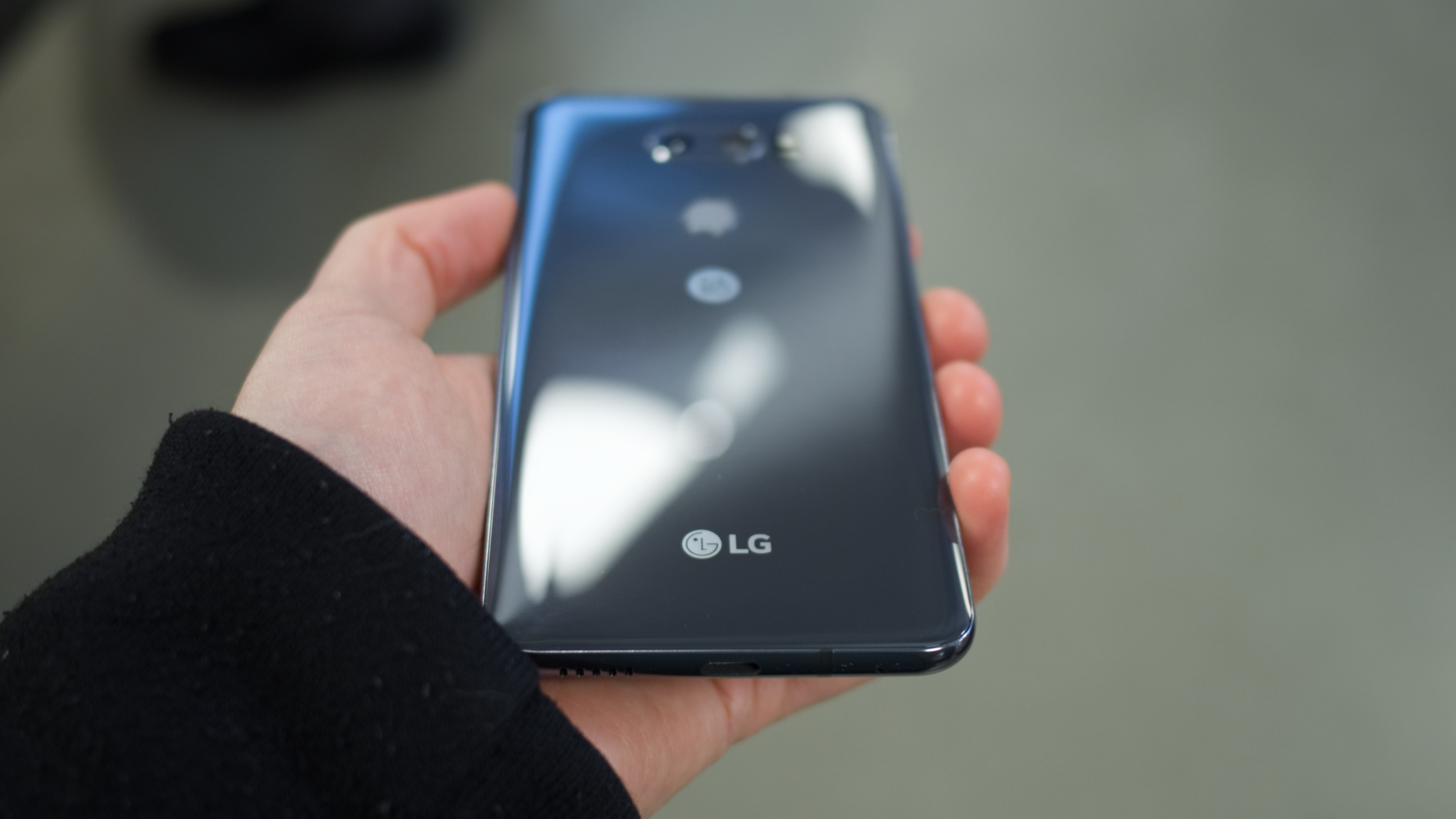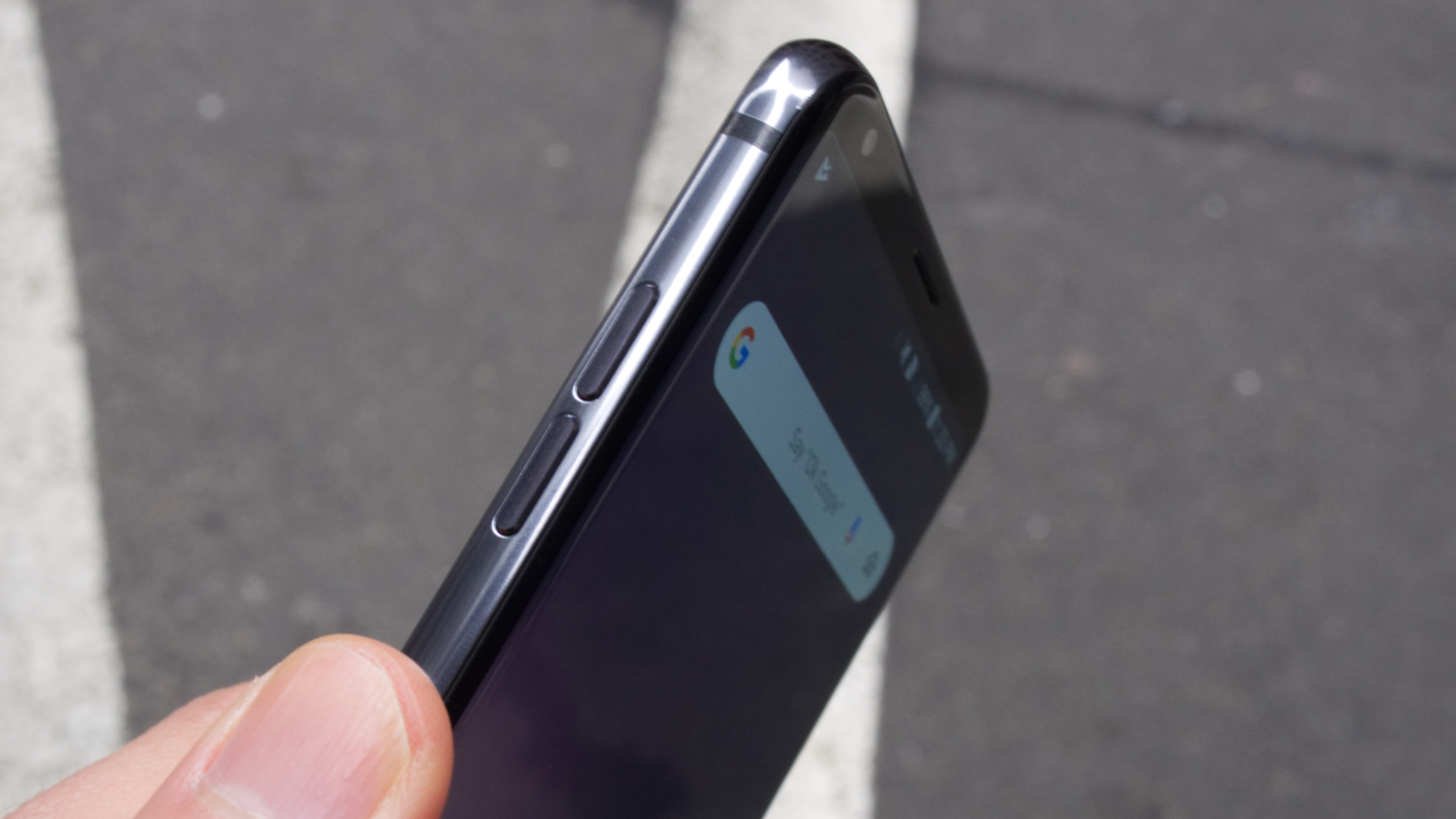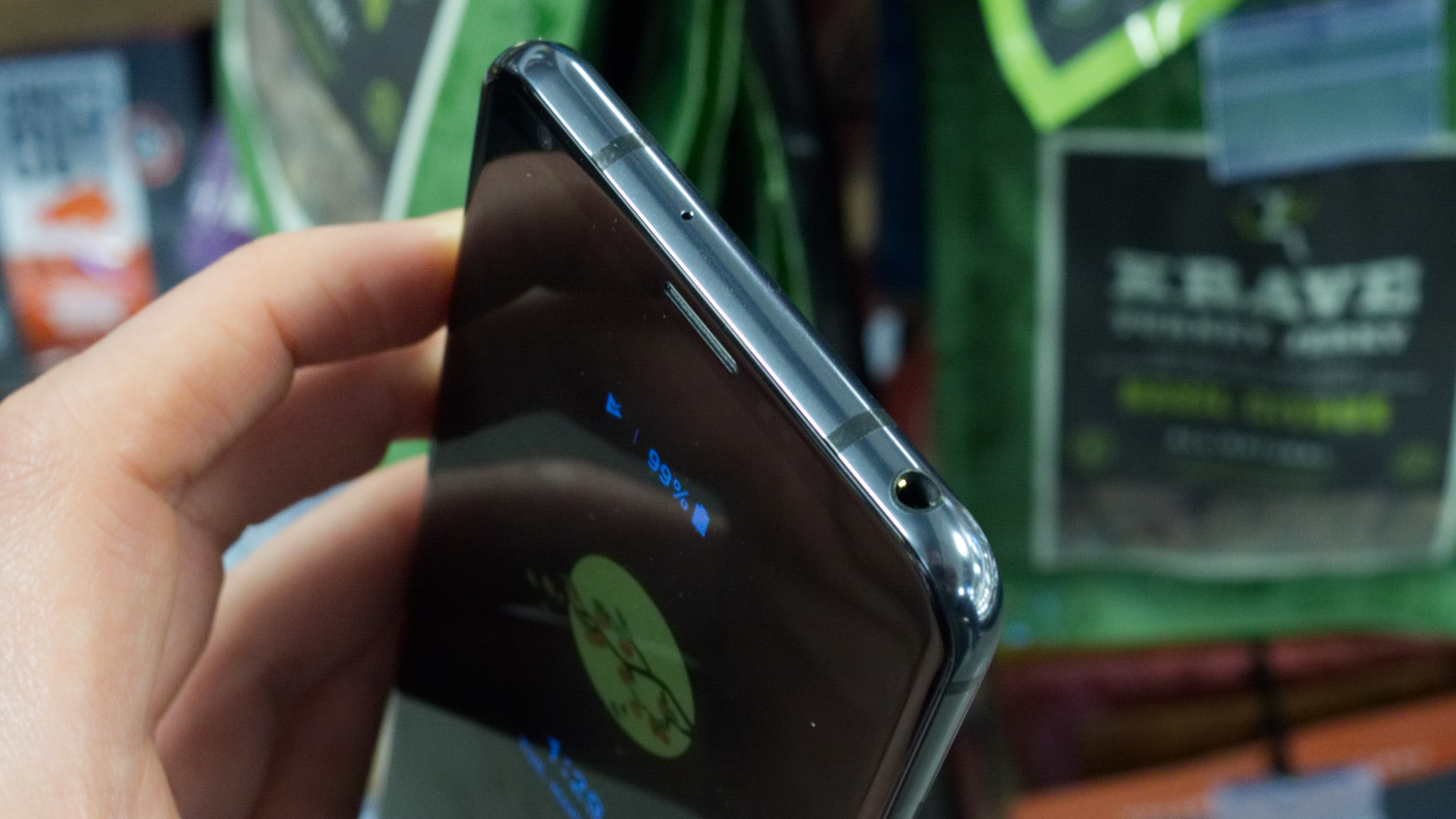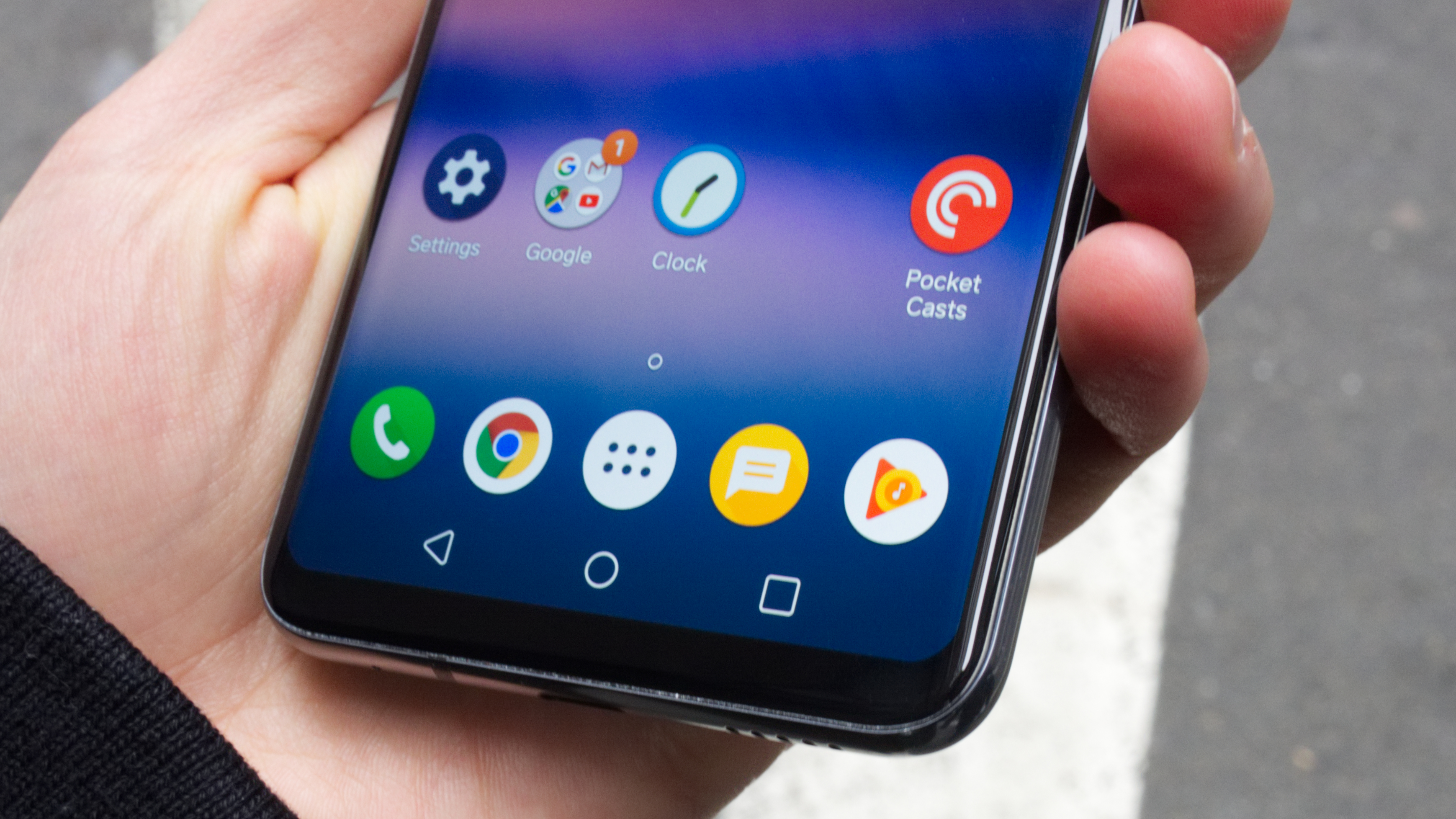TechRadar Verdict
The V30S ThinQ is a step too small above last year’s V30 in terms of spec improvements. As such, the value put forward seems poor compared to recent smartphone stunners.
Pros
- +
Same great phone
- +
AI camera features are neat when they work
- +
Boosted specs make a good phone better
Cons
- -
Last year’s hardware, mostly unchanged
- -
Unique software also coming to the cheaper V30
- -
Outclassed by cheaper phones
Why you can trust TechRadar
Update: The V30S ThinQ is now up for sale in the US for $729 through B&H Photo.
Availability was first announced for the steep price of $929, but we didn't think that price reflected the minor differences between last year's LG V30 and the V30S ThinQ. Add in the fact that the LG G7 ThinQ was likely to be cheaper than that price, and it really didn't make sense.
Original review follows below:
The LG V30S ThinQ is the smartphone mistake that LG can’t afford to make. As a follow-up to the competent LG V30 released in 2017, this new Android phone serves little purpose beyond confusing people with a different name, yet few other changes. Oh, and serving as a launch pad for AI Cam and QLens, its new AI-centric initiatives found in the camera app.
You’ll find the internal storage has gotten a boost from 64GB to 128GB by default, and that its RAM is now pushed up to 6GB – a consolatory addition since it’s missing out on the Snapdragon 845 chipset that’s in the Samsung Galaxy S9, S9 Plus, Sony Xperia XZ2 and likely most Android flagship phones to follow in 2018.
Bizarrely, the minor hardware differences are the only things setting it apart from last year’s standard V30 model. LG shared at MWC 2018 that the aforementioned smart camera features will be making their way to older V30 phones. With that much being known, there’s not a whole lot of steam behind this release, unless barely incremental tweaks to the hardware is enough to get you excited.
That’s not to say, out of this context, that V30S ThinQ isn’t an awesome phone. There’s a tremendous foundation on which it was built. Its new smart AI features are functional and when they work, they’re fairly impressive, though your mileage may vary based on your reliance on automation. The big problem here is that getting along without them, and opting for the now-cheaper LG V30, will work just fine, especially since these features are said to be in process of being ported over.
Sign up for breaking news, reviews, opinion, top tech deals, and more.

LG V30S ThinQ release date and price
Looking to pick up one of the new LG V30S ThinQ phones? We’ve asked LG when they’ll hit store shelves, both virtual and at physical brick-and-mortar locations around the globe.
At the time of writing, US availability has not been announced, and the release date for other regions hasn’t been nailed down either.
In terms of price, don’t expect anything cheap. The V30 launched at $809 unlocked in US, £799, AU$1,199 (for the V30+, the only option available in Australia.)
The V30S ThinQ is available in South Korea at around 820,000 Won, floating over one million Won at carrier locations. This launch price is similar to that of the V30. We currently don’t have pricing nailed down for the US, or other regions, but we expect it to be similar to LG’s V30. Of course, we’ll adjust our numbers once we hear for certain.
LG’s latest comes in at a strange time for phones, after the iPhone X and Samsung Galaxy Note 8 debuted north of $1,000, and equally fetching options like the Google Pixel 2, OnePlus 5T, Essential Phone, and even the Samsung Galaxy S9 cost far less. Even if it launches at the same price as last year’s V30, it’s still a tough sell.




Design
- Looks exactly like the V30
- Functional design, but some change would have been nice
Piece for piece, the LG V30S ThinQ’s design is just like that of the V30. Good news, the almost all-glass look with the glossy steel frame still looks incredible in 2018. Sure, the Google Pixel 2 XL might have borrowed more than one of its visual elements, what’s here is still a unique creation that feels just as good, if not better, in the hand than many of today’s popular flagship phones.
Thanks to its 18:9 aspect ratio, the V30S ThinQ feels smaller in the hand than you might imagine, packing in a surprisingly roomy six-inch P-OLED display that powers a 2,880 x 1,440 resolution that’s HDR-ready, suitable for watching movies or playing virtual reality games in Google Daydream.
For the uninitiated, we’ll run down the general layout of LG’s ever-so-slightly revised smartphone. Given that the back feels similar to the front, it’s actually quite easy to grab it incorrectly. But once you have your bearings, you’ll note that the volume buttons are located on the phone’s left side, while the SIM and microSD slot occupies the trim along its right side.
Looking for the power button? The rear-facing fingerprint sensor on the back presses in to toggle the screen on and off. Other features include the USB-C charging port and speaker, both of which are on the bottom of the phone. Yep, a bottom-firing speaker means that the LG V30S ThinQ is one of the few flagship phones that without stereo speakers.
Some might not consider a 3.5mm headphone jack worth its own breakout mention, but LG really goes to the next level with this legacy feature. Not only is it present, but under the hood/bonnet/what have you, the company has once again employed a Quad DAC to amplify your music, movies and games. It wholly justifies the audio jack, then some. We’ll dig into it more later on in the review.

Cameron is a writer at The Verge, focused on reviews, deals coverage, and news. He wrote for magazines and websites such as The Verge, TechRadar, Practical Photoshop, Polygon, Eater and Al Bawaba.
